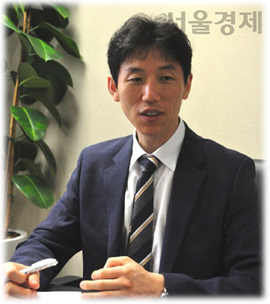| 일 | 월 | 화 | 수 | 목 | 금 | 토 |
|---|---|---|---|---|---|---|
| 1 | 2 | 3 | 4 | 5 | ||
| 6 | 7 | 8 | 9 | 10 | 11 | 12 |
| 13 | 14 | 15 | 16 | 17 | 18 | 19 |
| 20 | 21 | 22 | 23 | 24 | 25 | 26 |
| 27 | 28 | 29 | 30 |
- Political Regimes
- political organization
- Order of Choice
- survival process theory
- Orderliness of Choice
- Operation of the 2nd Law
- Mathematical Model of politics
- politics of Inner Circle
- Power
- Differences in Individual Abilities and Tendencies
- power and organization
- 1st Law of politics
- new political science
- Mathematical Model of political science
- the 2nd law
- Political Change
- Samjae Capacities
- politics and war
- Samjae Capacity
- Canonical Politics
- Value Systems
- Cohesion Force
- the 3rd Law of politics
- Political power
- politics
- Political Regime
- Task Delegates of the Ruler: Inner Circle
- Regime Change
- political phenomena
- mechanism of politics
- Today
- Total
목록Samjae Capacity (2)
New Political Science
b. What is Samjae Capacity? Samjae Capacity as a Means of Acquiring Power Is political capacity truly Samjae capacity? The classification and emphasis of political capacity as Samjae capacity can be found in various ancient Chinese classics. It is said that a Persian prince around 1080 AD once said: “The kingdom can be held by the army, and the army by gold; and gold is acquired through agricult..
 Chapter 3. A. (1) Intuitive Explanation through Tables and Diagrams
Chapter 3. A. (1) Intuitive Explanation through Tables and Diagrams
Chapter 3. Three Laws of Political Phenomenon A. The 1st Law: Law of Samjae Capacity (1) Intuitive Explanation through Tables and Diagrams a. Basic Concept In political phenomena, political actors interact with each other based on the attributes of their political capacities to form a power structure (cooperative relationship) for their individual and collective interests[Ch.0.2]. The 1st law of..
